1 Senate 17 January 2023, ‘Eerste Kamer steunt wijziging artikel 1 Grondwet’,https://www.eerstekamer.nl/nieuws/20230117/eerste_kamer_steunt_wijziging
2
LGBTIQ people are people:
who are attracted to others of their own gender (lesbian, gay) or any gender (bisexual);
whose gender identity and/or expression does not correspond to the sex they were assigned at birth (trans, non-binary);
who are born with sex characteristics that do not fit the typical definition of male or female (intersex);
whose identity does not fit into a binary classification of sexuality and/or gender (queer).
3 European Commission, ‘Union of Equality: LGBTIQ Equality Strategy 2020-2025’, COM(2020) 698 final.
4 Ursula von der Leyen, President of the European Commission, State of the Union 2020.
5 FRA, EU-LGBTI II – A long way to go for LGBTI equality, 14 May 2020 (FRA, second LGBTI survey).
6 Directive 2006/54/EC on the implementation of the principle of equal opportunities and equal treatment of men and women in matters of employment and occupation.

